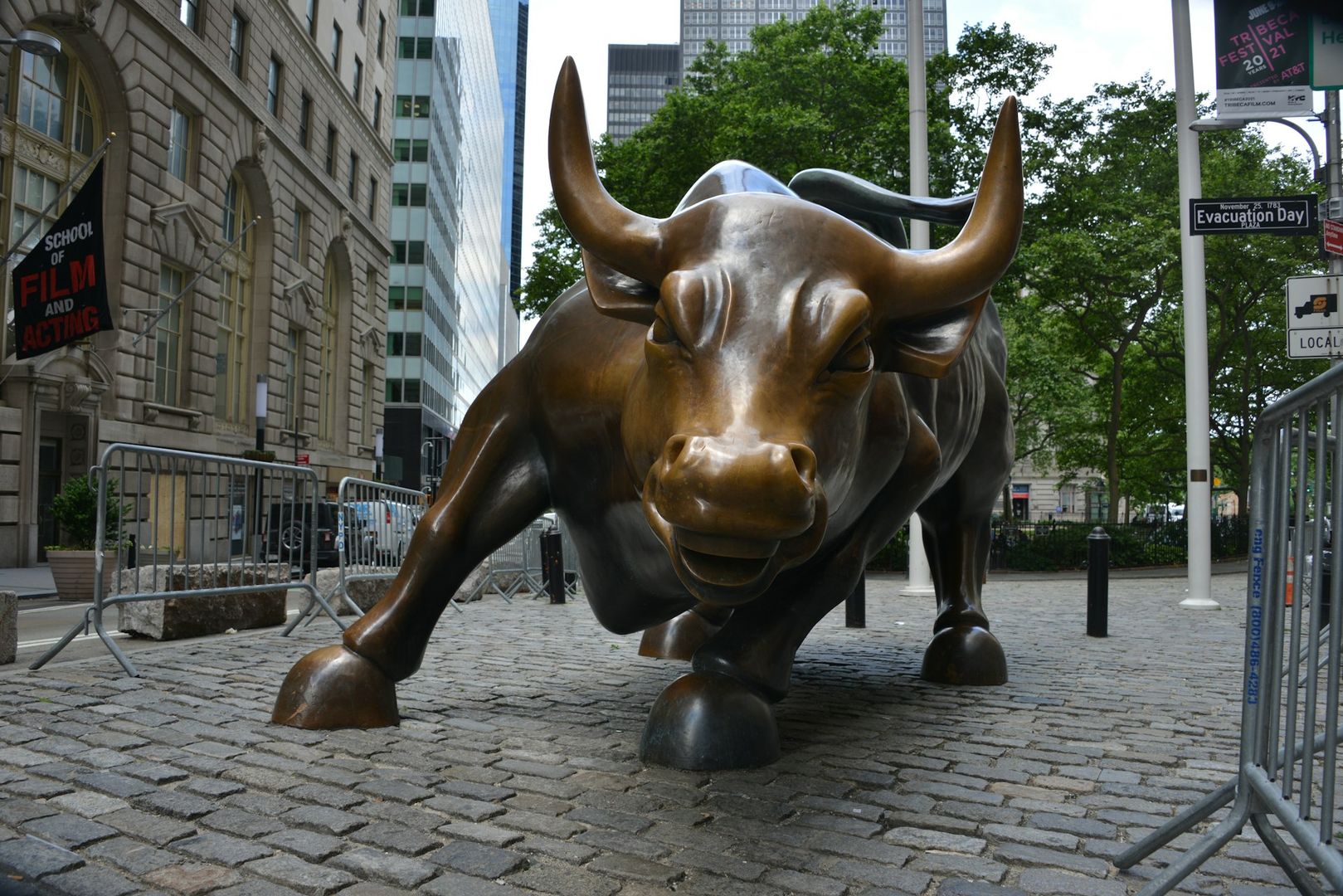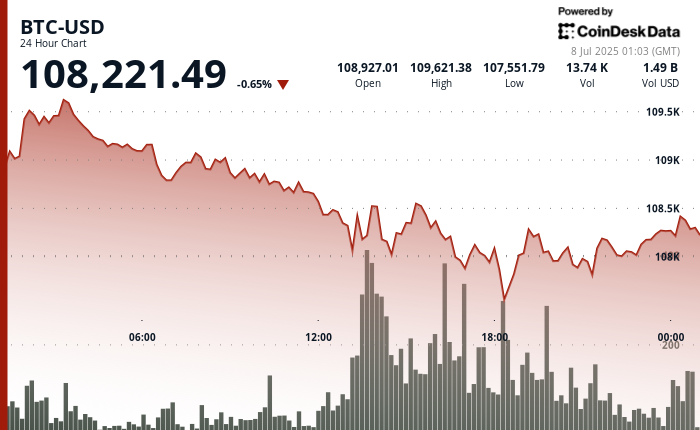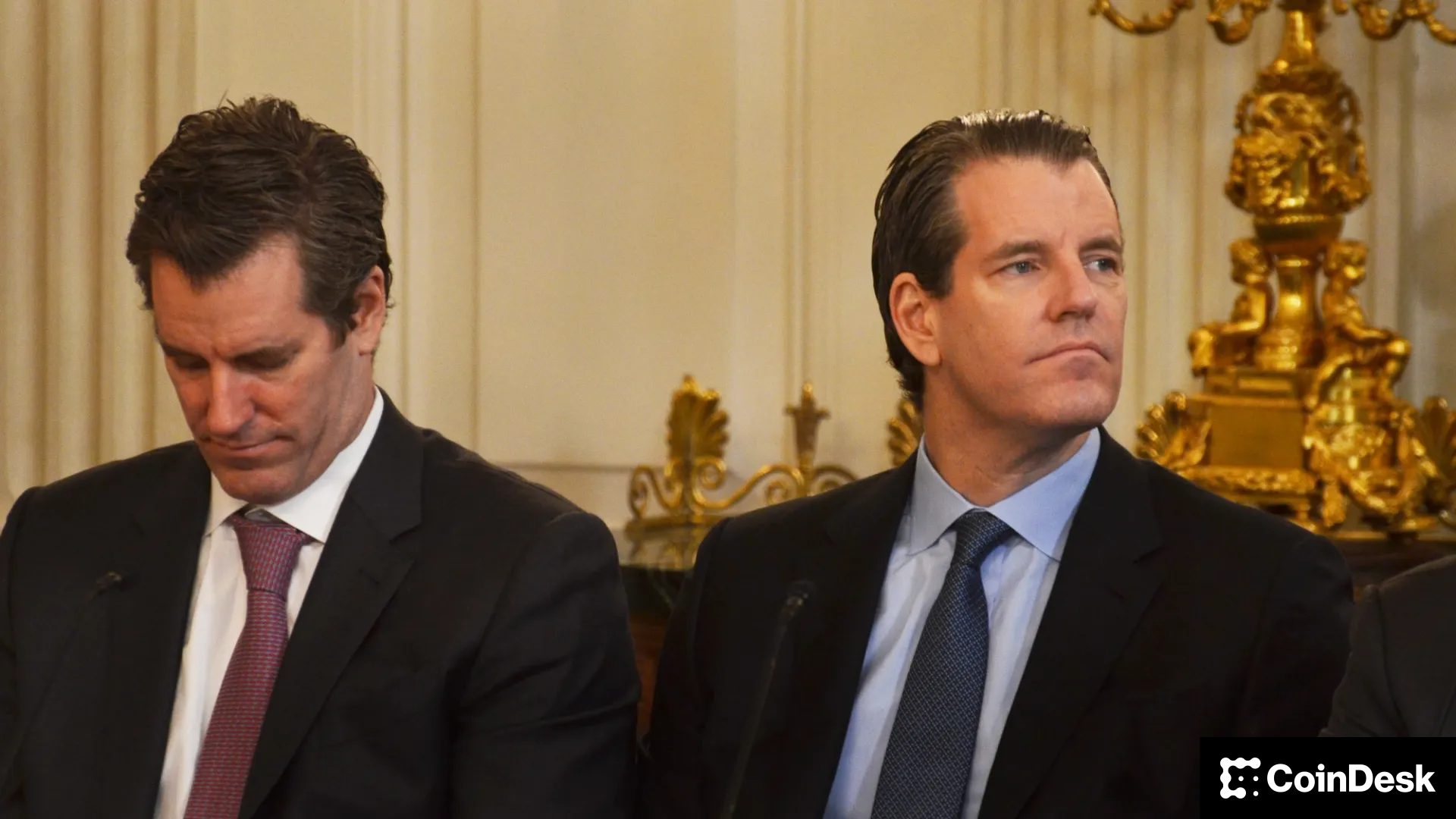Uncategorized
Asia Morning Briefing: BTC’s Institutional Waves Are Building, Not Breaking

Good Morning, Asia. Here’s what’s making news in the markets:
Welcome to Asia Morning Briefing, a daily summary of top stories during U.S. hours and an overview of market moves and analysis. For a detailed overview of U.S. markets, see CoinDesk’s Crypto Daybook Americas.
Fund manager Jeff Dyment of Saphira Group wants you to zoom out and stop sweating the short-term charts.
His thesis: Data points that suggest institutional bitcoin (BTC) buying is losing steam miss the bigger picture.
In a note shared with CoinDesk, Dyment argues that fears of fading institutional demand for bitcoin are overblown, rooted in narrow snapshots of the market.
Yes, ETF and corporate purchases have cooled recently – Michael Saylor’s Strategy bought just 16,000 BTC last month, down sharply from December’s 171,000 BTC haul. But this, Dyment insists, is not a sign of decline. It’s a natural ebb in what he calls a “cyclical wave” of adoption.
“Institutional flows often come in waves rather than a steady linear increase,” Dyment wrote. “Short-term demand fluctuations in the spot market are minor ripples on what is, in fact, a rising tide of institutional engagement.”
Dyment points to the addition of 51 new corporate BTC treasuries in the first half of 2025 alone, equal to the total from 2018 to 2022 combined, and a 375% year-over-year increase in corporate BTC buying.
Public companies now hold 848,902 BTC, or approximately 4% of the total supply, with Q2 2025 alone seeing 131,000 BTC added to their balance sheets.
He also highlights the explosive growth of Bitcoin ETFs as further evidence of deepening institutional participation. BlackRock’s IBIT fund, now the largest in the world, holds 699,000 BTC, more than 3.3% of total supply, after becoming the fastest-growing ETF in history.
U.S. spot ETFs have collectively captured approximately 1.25 million BTC, or roughly 6% of the total supply, in just 18 months since their launch, he points out in the note.
Dyment’s thesis is finding echoes in the options market.
In QCP Capital’s recent note, the Singapore-based fund pointed to whales that are continuing to build exposure to upside risk, snapping up September $130K BTC calls and holding $115K/$140K call spreads.
“Vols remain pinned near historical lows, but a decisive breach of the $110K resistance could spark a renewed volatility bid,” QCP wrote in a Monday note.
So while bears may point to stagnant spot flows and the nearly empty mempool as signs of fatigue, Dyment argues those are just surface-level ripples.
Underneath, the tide is rising, and Wall Street, with its trillions upon trillions of regulated capital, is hungry for crypto. It’s just not going to come all at once.

BTQ Pushes Quantum-Safe Framework for Stablecoins
BTQ Technologies has introduced the Quantum Stablecoin Settlement Network (QSSN), a framework designed to help banks, payment firms, and digital asset platforms future-proof stablecoin issuance against threats from quantum computing.
In a press release, BTQ detailed how the system could support quantum-secure versions of popular stablecoin models, including JPMorgan’s proposed USD deposit token (JPMD), by upgrading privileged actions like minting and burning with dual cryptographic signatures (ECDSA and Falcon-512), while preserving compatibility with existing token standards, workflows, and wallets.
The launch comes as the stablecoin market surpasses $225 billion and lawmakers push for regulation with an eye on cybersecurity.
The GENIUS Act, currently advancing in the U.S. Congress, would formalize federal standards for fiat-backed stablecoins and encourage quantum-safe architecture.
BTQ, which has worked with NIST for over a decade, aims to shape those standards and position QSSN as critical infrastructure.
Market Movements
BTC: Bitcoin fell 1.02% from July 6 at 22:00 to July 7 at 21:00, testing key support at $107,519.64 amid heavy selling, before staging a V-shaped recovery off $107,800 as on-chain data showed strong support clusters at $106,738 and $98,566 held by 1.68 million addresses, according to CoinDesk Research’s technical analysis bot.
ETH: ETH rose 1.67% amid volatile trading, swinging nearly 3% between $2,529 and $2,604 as support at $2,530 held firm, institutional inflows topped $1.1 billion, and above-average volume marked both the surge and subsequent sell-off.
Gold: Gold dipped on a stronger dollar but rebounded on tariff-driven safe-haven demand, with central bank buying and de-dollarization fueling forecasts of a rally toward $4,000.
S&P 500: Stocks fell Monday as Trump announced new tariffs on imports from seven countries, sending the S&P 500 down 0.79% to 6,229.98.
Nikkei 225: Asia-Pacific markets mostly rose despite Trump announcing steep U.S. tariffs on 14 trading partners, with Japan’s Nikkei 225 up 0.36% as duties of up to 40% were outlined for countries including South Korea, Indonesia, and Thailand.
Elsewhere in Crypto
Business
Crypto Trading Firm Keyrock Buys Luxembourg’s Turing Capital in Asset Management Push

Crypto trading firm Keyrock said it’s expanding into asset and wealth management by acquiring Turing Capital, a Luxembourg-registered alternative investment fund manager.
The deal, announced on Tuesday, marks the launch of Keyrock’s Asset and Wealth Management division, a new business unit dedicated to institutional clients and private investors.
Keyrock, founded in Brussels, Belgium and best known for its work in market making, options and OTC trading, said it will fold Turing Capital’s investment strategies and Luxembourg fund management structure into its wider platform. The division will be led by Turing Capital co-founder Jorge Schnura, who joins Keyrock’s executive committee as president of the unit.
The company said the expansion will allow it to provide services across the full lifecycle of digital assets, from liquidity provision to long-term investment strategies. «In the near future, all assets will live onchain,» Schnura said, noting that the merger positions the group to capture opportunities as traditional financial products migrate to blockchain rails.
Keyrock has also applied for regulatory approval under the EU’s crypto framework MiCA through a filing with Liechtenstein’s financial regulator. If approved, the firm plans to offer portfolio management and advisory services, aiming to compete directly with traditional asset managers as well as crypto-native players.
«Today’s launch sets the stage for our longer-term ambition: bringing asset management on-chain in a way that truly meets institutional standards,» Keyrock CSO Juan David Mendieta said in a statement.
Read more: Stablecoin Payments Projected to Top $1T Annually by 2030, Market Maker Keyrock Says
Business
Crypto Trading Firm Keyrock Buys Luxembourg’s Turing Capital in Asset Management Push

Crypto trading firm Keyrock said it’s expanding into asset and wealth management by acquiring Turing Capital, a Luxembourg-registered alternative investment fund manager.
The deal, announced on Tuesday, marks the launch of Keyrock’s Asset and Wealth Management division, a new business unit dedicated to institutional clients and private investors.
Keyrock, founded in Brussels, Belgium and best known for its work in market making, options and OTC trading, said it will fold Turing Capital’s investment strategies and Luxembourg fund management structure into its wider platform. The division will be led by Turing Capital co-founder Jorge Schnura, who joins Keyrock’s executive committee as president of the unit.
The company said the expansion will allow it to provide services across the full lifecycle of digital assets, from liquidity provision to long-term investment strategies. «In the near future, all assets will live onchain,» Schnura said, noting that the merger positions the group to capture opportunities as traditional financial products migrate to blockchain rails.
Keyrock has also applied for regulatory approval under the EU’s crypto framework MiCA through a filing with Liechtenstein’s financial regulator. If approved, the firm plans to offer portfolio management and advisory services, aiming to compete directly with traditional asset managers as well as crypto-native players.
«Today’s launch sets the stage for our longer-term ambition: bringing asset management on-chain in a way that truly meets institutional standards,» Keyrock CSO Juan David Mendieta said in a statement.
Read more: Stablecoin Payments Projected to Top $1T Annually by 2030, Market Maker Keyrock Says
Business
Gemini Shares Slide 6%, Extending Post-IPO Slump to 24%

Gemini Space Station (GEMI), the crypto exchange founded by Cameron and Tyler Winklevoss, has seen its shares tumble by more than 20% since listing on the Nasdaq last Friday.
The stock is down around 6% on Tuesday, trading at $30.42, and has dropped nearly 24% over the past week. The sharp decline follows an initial surge after the company raised $425 million in its IPO, pricing shares at $28 and valuing the firm at $3.3 billion before trading began.
On its first day, GEMI spiked to $45.89 before closing at $32 — a 14% premium to its offer price. But since hitting that high, shares have plunged more than 34%, erasing most of the early enthusiasm from public market investors.
The broader crypto equity market has remained more stable. Coinbase (COIN), the largest U.S. crypto exchange, is flat over the past week. Robinhood (HOOD), which derives part of its revenue from crypto, is down 3%. Token issuer Circle (CRCL), on the other hand, is up 13% over the same period.
Part of the pressure on Gemini’s stock may stem from its financials. The company posted a $283 million net loss in the first half of 2025, following a $159 million loss in all of 2024. Despite raising fresh capital, the numbers suggest the business is still far from turning a profit.
Compass Point analyst Ed Engel noted that GEMI is currently trading at 26 times its annualized first-half revenue. That multiple — often used to gauge whether a stock is expensive — means investors are paying 26 dollars for every dollar the company is expected to generate in sales this year. For a loss-making company in a volatile sector, that’s a steep price, and could be fueling investor skepticism.
-

 Business11 месяцев ago
Business11 месяцев ago3 Ways to make your business presentation more relatable
-

 Fashion11 месяцев ago
Fashion11 месяцев agoAccording to Dior Couture, this taboo fashion accessory is back
-

 Entertainment11 месяцев ago
Entertainment11 месяцев ago10 Artists who retired from music and made a comeback
-

 Entertainment11 месяцев ago
Entertainment11 месяцев ago\’Better Call Saul\’ has been renewed for a fourth season
-

 Entertainment11 месяцев ago
Entertainment11 месяцев agoNew Season 8 Walking Dead trailer flashes forward in time
-

 Business11 месяцев ago
Business11 месяцев ago15 Habits that could be hurting your business relationships
-

 Entertainment11 месяцев ago
Entertainment11 месяцев agoMeet Superman\’s grandfather in new trailer for Krypton
-

 Entertainment11 месяцев ago
Entertainment11 месяцев agoDisney\’s live-action Aladdin finally finds its stars




